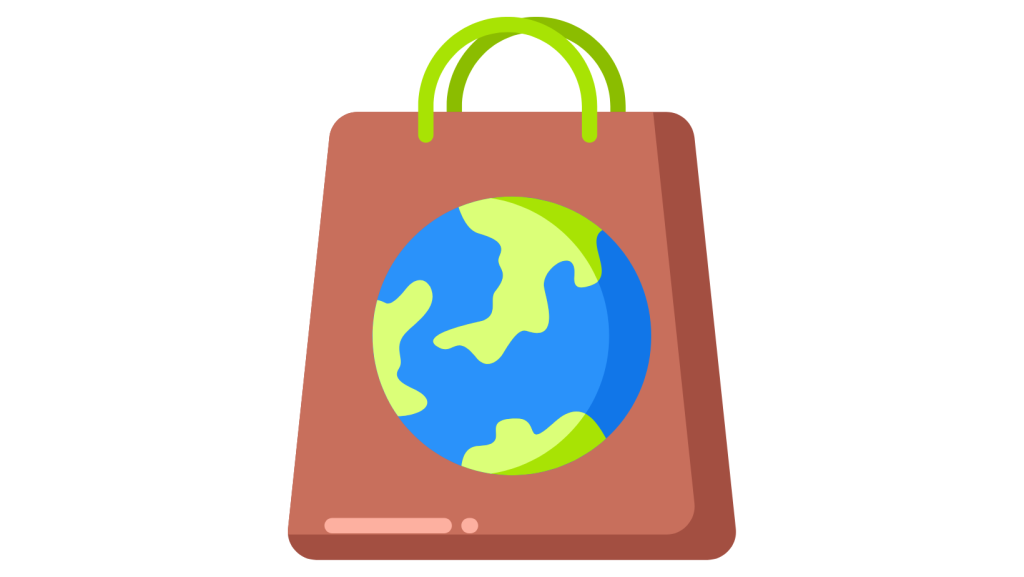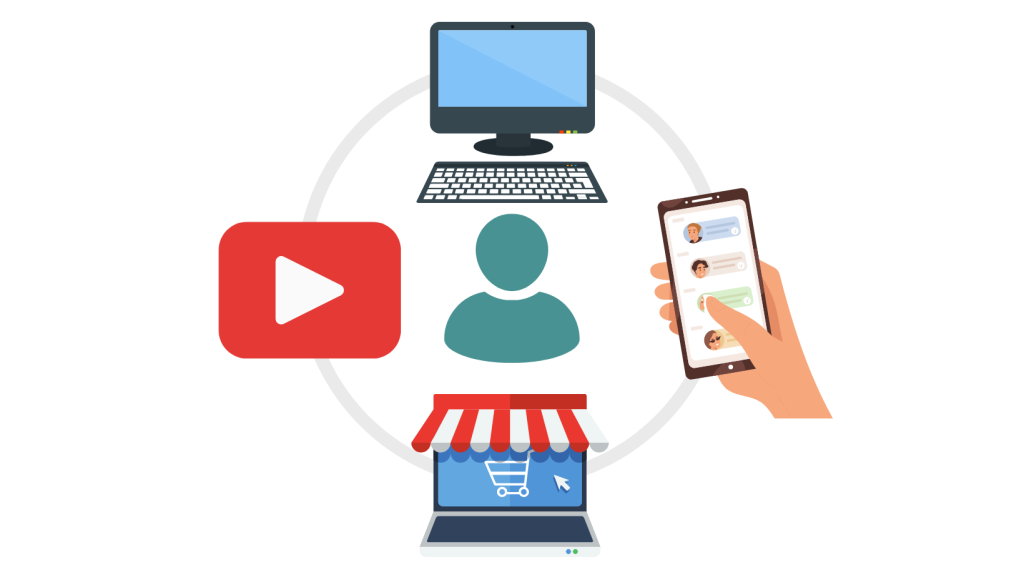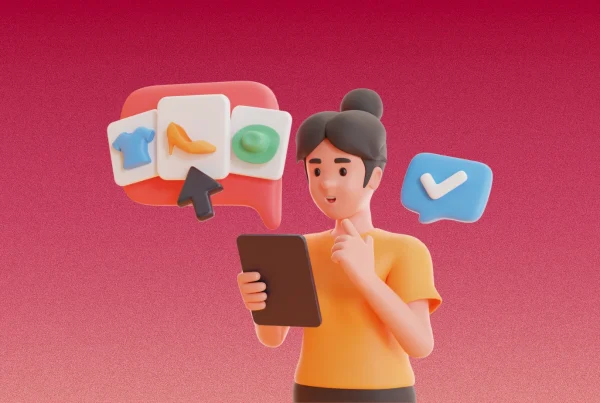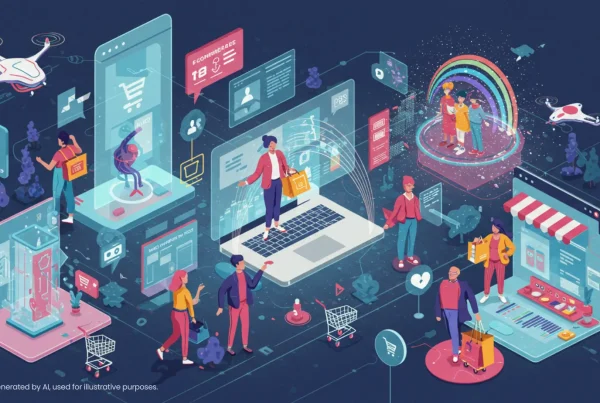
As we step into 2025, the e-commerce world also continues to change depending on the advancement in technology and how consumer behaviors are changing. Businesses that stay updated with the changes will get a competitive edge in a denser digital marketplace. The following are the most significant ecommerce marketing trends for 2025 that you should know and apply for your success.
1. Social Commerce Expansion
 Social media is no longer just for socializing. People go there for shopping. That’s why they’ve also become huge e-commerce websites.
Social media is no longer just for socializing. People go there for shopping. That’s why they’ve also become huge e-commerce websites.
Social platforms like Facebook, Instagram, and TikTok now offer the ability to shop directly within their applications, adding the shopping experience to make it more enjoyable and convenient.
Social commerce accounted for 19.4% of total online sales in 2024 and is set to grow to $8.5 trillion by 2030. (Exploding Topics)
What to do:
- Simplify your social commerce shop and take advantage of in-built shopping capabilities.
- Create engaging video content and collaborate with influencers to drive conversions.
2. AI-Driven Personalization
Artificial Intelligence (AI) is transforming e-commerce through highly personalized shopping experiences. AI-powered algorithms interpret consumer behavior to recommend products, streamline stock, and provide real-time customer care.
Victoria’s Secret and Swarovski were able to integrate AI so that sales conversions are boosted, along with customers being more engaged. (Vogue Business)
What to do:
- Invest in product recommendations and customer care using AI-powered tools as well as chatbots.
- Make marketing campaigns as well as ads better targeted with AI-powered analytics.
3. Rise of Sustainable E-commerce

Consumers are more frequently choosing environmentally friendly shopping decisions and like brands that are eco-friendly.
70% of customers would pay a premium for green products and like sustainable brands, a recent poll found. (Digital Commerce 360)
Do this:
- Offer environmentally friendly materials, packaging and ethical sourcing with your brand.
- Promote recycling or upcycling old items (e.g., promote circular fashion).
- Declaring your environmental impact clearly so that trust and loyalty can be built.
4. Voice Commerce Is Growing
 With the increasing use of voice assistants like Alexa and Google Assistant, voice commerce is becoming a preferred shopping method.
With the increasing use of voice assistants like Alexa and Google Assistant, voice commerce is becoming a preferred shopping method.
By 2025, an estimated 50% of all online searches will be conducted via voice commands. (Digital Commerce 360)
What to do:
- Optimize product descriptions with conversational, long-tail keywords for voice search.
- Ensure your website is mobile-friendly and supports voice-activated browsing.
5. Augmented Reality (AR) for Enhanced Shopping
Augmented Reality (AR) is transforming online shopping by allowing consumers to view items in their real-world environment before they purchase.
Fashion and beauty brands are increasingly adopting AR technology, which allows customers to “try on” products virtually. (Vogue Business)
Action to take:
- Build AR-based try-on features for clothing, cosmetics, and home decor.
- Use AR technology to create interactive product presentations that enhance user experience.
6. Omnichannel Marketing for Seamless Shopping

Consumers want a seamless shopping experience anywhere—online, mobile, or in-store.
Brands like Nike have been able to effectively implement omnichannel initiatives, providing the same experience across all touchpoints. (Business Insider)
What to do:
- Integrate online and offline shopping experiences, such as offering in-store pickup of online orders.
- Provide identical branding, pricing, and customer service across all platforms.
7. Influencer Marketing is More Targeted
Influencer marketing remains powerful, but the brands are leaning towards micro and nano-influencers in 2025 to achieve more engagement.
Over 70% of consumers are happy to have influencer endorsements as opposed to average ads. (Uma Technology)
What to do:
- Work with influencers who mirror your brand value for authentic collaborations.
- Work with niche, smaller influencers for increased trust and engagement.
Final Thoughts
The marketing trends in 2025 for ecommerce are all about adaptation and innovation. Businesses that embrace these trends—voice shopping, sustainability, social commerce, AI, AR, influencer partnerships, and omnichannel strategies—will thrive in the ever-evolving digital landscape.
By taking action now, you can position your brand for success over the long term and stay ahead in the competitive world of e-commerce.
Want help in choosing which trends suit your business needs?













